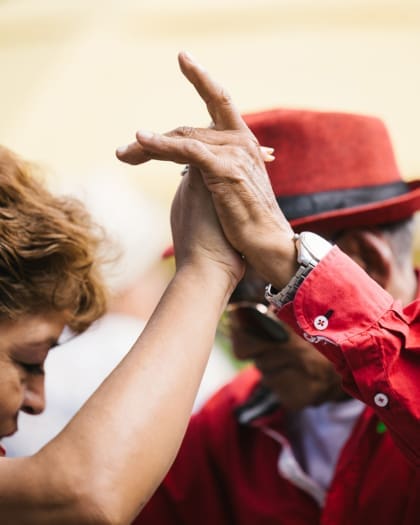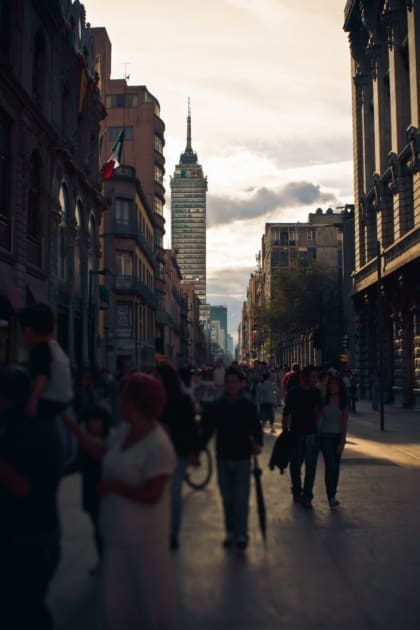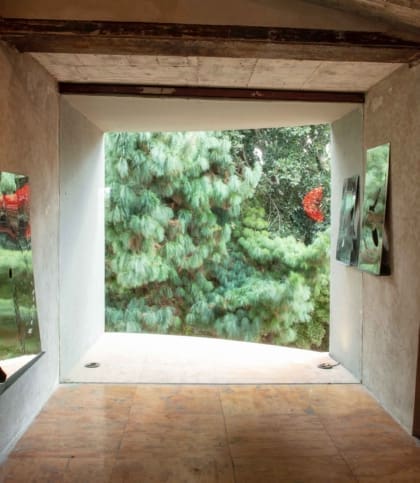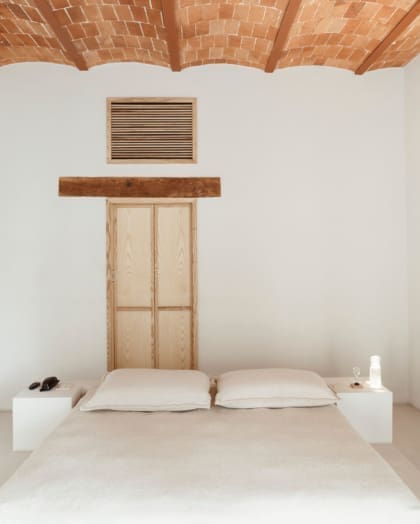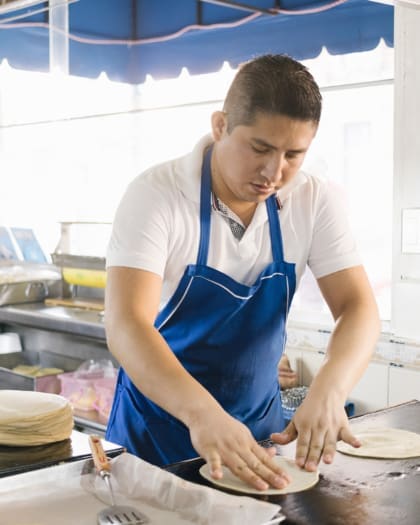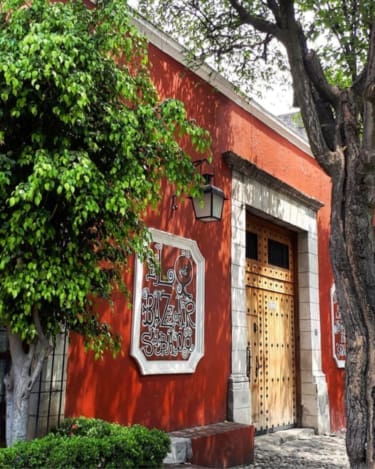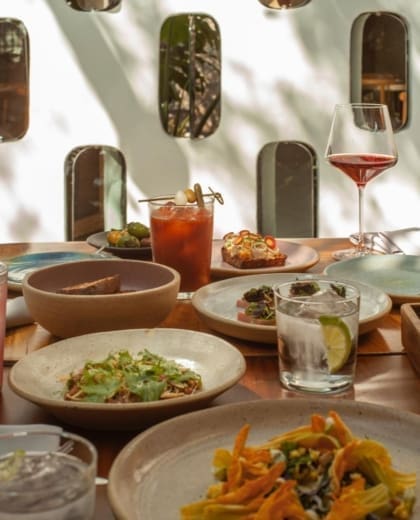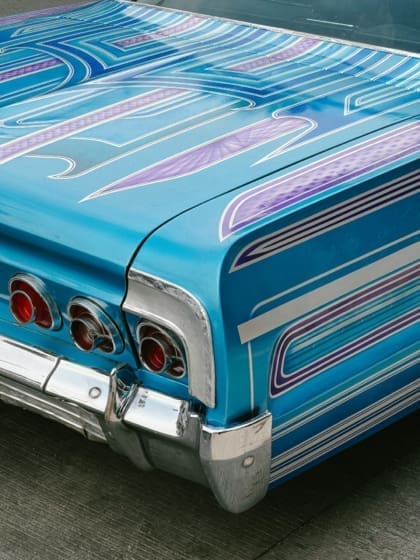
A weekend in Oaxaca: what to do in Mexico’s culinary capital
Food, craft and culture collide in Oaxaca, the southern state capital known for its rich traditions, colourful architecture and diverse Indigenous communities. Here’s our insider’s guide to the very best of this charismatic city
Six hours south of Mexico City by road, the city of Oaxaca is one of Mexico’s most compelling destinations. The capital of a diverse region composed of 16 distinct Indigenous groups, Oaxaca’s culture of craft and gastronomy – as well as its Day of the Dead and Guelaguetaza celebrations – draw travellers from across the globe.
With its low-slung, pastel-coloured buildings, the city centre is easy to explore on foot, and a casual stroll through town brings travellers past landmarks like the 18th-century Templo de Santo Domingo de Guzmán and through the Zócalo, or central plaza. Wherever you are in the city, expect to find fantastic food, with Oaxaca’s culinary richness derived from the melding of prehispanic and colonial techniques and ingredients. It’s one of the best places to eat mole, the country’s national dish, and drink mezcal, with the vast majority of the country’s production of this increasingly popular agave spirit coming from the region.
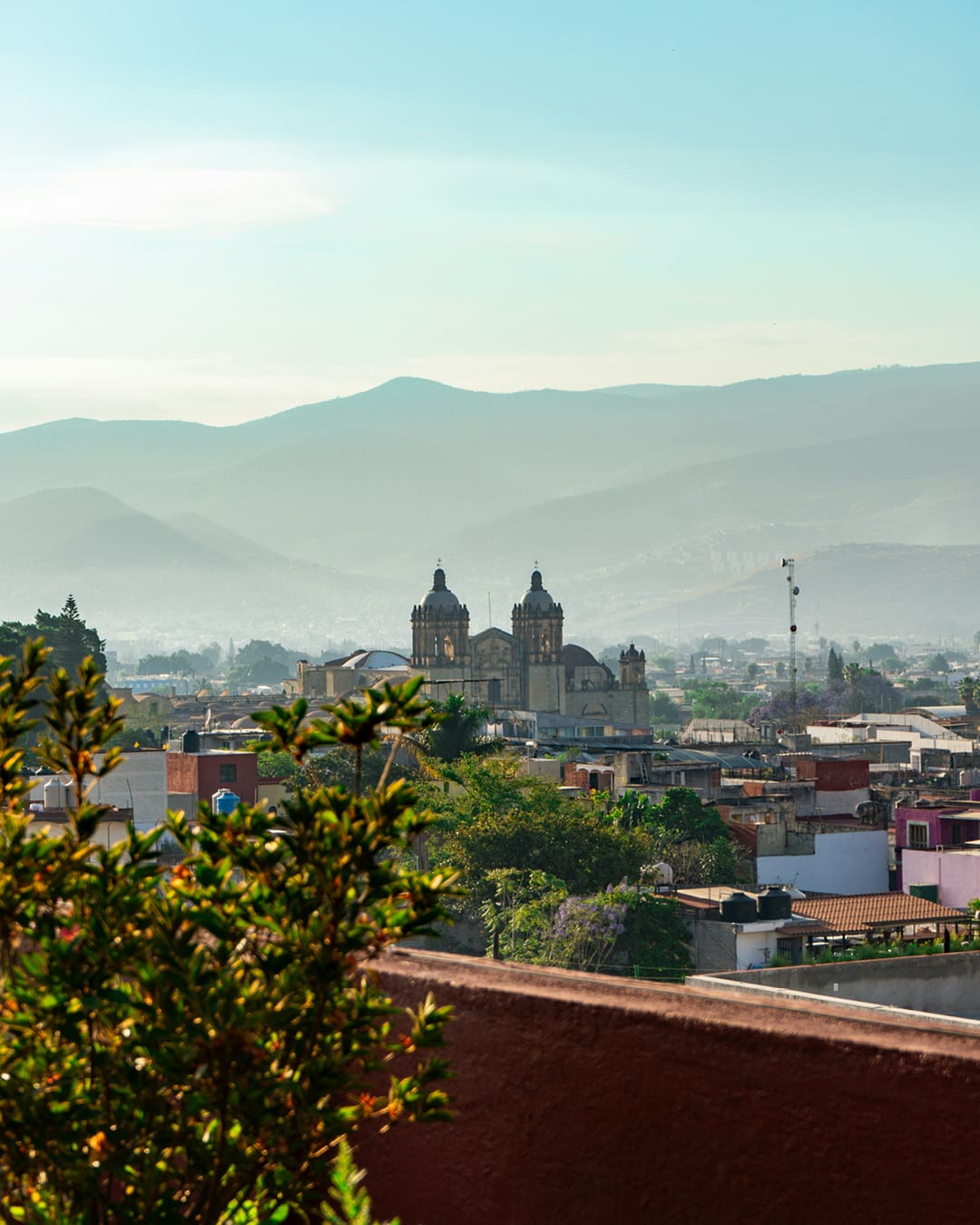
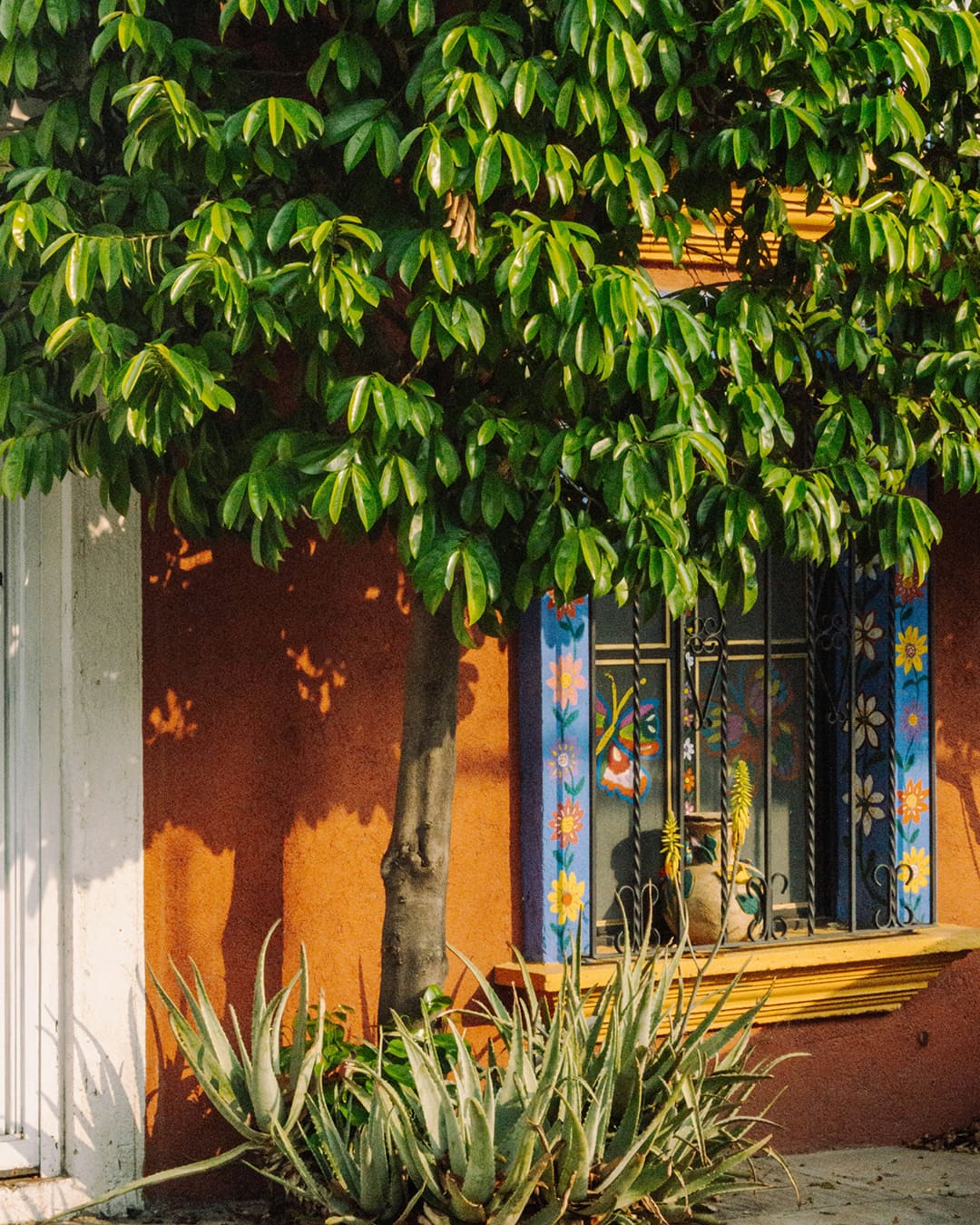
While Mexico City is known for its architecture and museums, Oaxaca has long been a cradle of heirloom craft and ancestral knowledge. From mezcales whose magueys require 35 years to mature, to artisan rugs made from hand-dyed and -woven wool, Oaxacan goods prize process above all else. Yet while craftsmanship has always been central to Indigenous culture, it was the prolific artist, activist, and philanthropist Francisco Toledo who nurtured the culture of contemporary arts for which the city is known.
Toledo, who passed away in 2019, used his platform to champion the arts and founded many of the region’s art spaces, including CaSa and el IAGO. As a result, artists are everywhere in Oaxaca, making it impossible to walk a block without passing a gallery, cooperative or taller (printing workshop). The result is a city vibrating with the energy of people making things.
Accompanying this creative spirit is one of resistance. Consistently ranked among the country’s most impoverished regions, Oaxaca has faced incursions by the mining industry and multinationals and – more recently – challenges caused by gentrification and tourism. Yet tourism remains a lifeblood of its economy and – from learning some basic Spanish phrases to opting for locally owned businesses and conserving water – there are ways to visit Oaxaca responsibly.
Read on for our guide to the city’s best places to stay, eat, drink and visit.
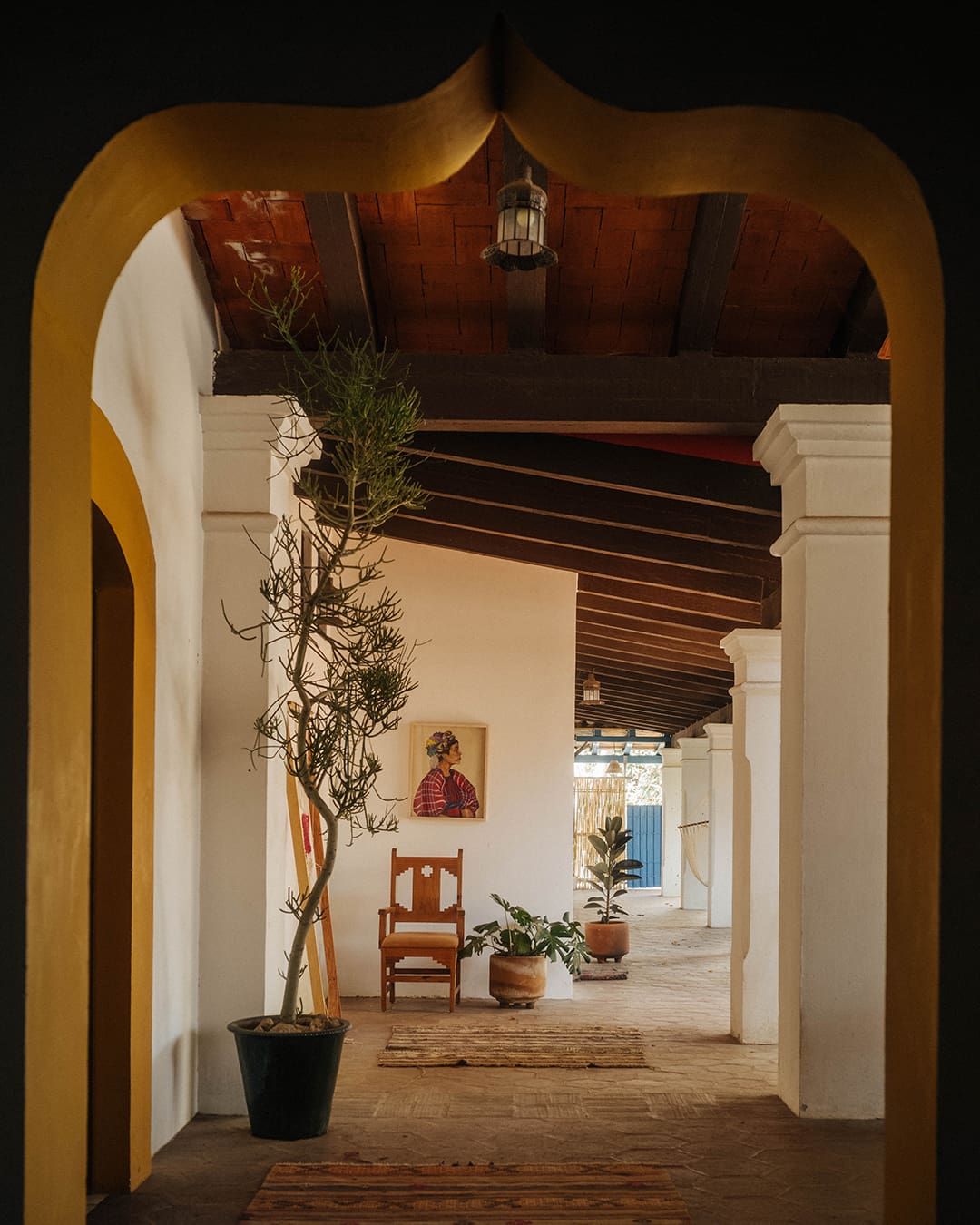
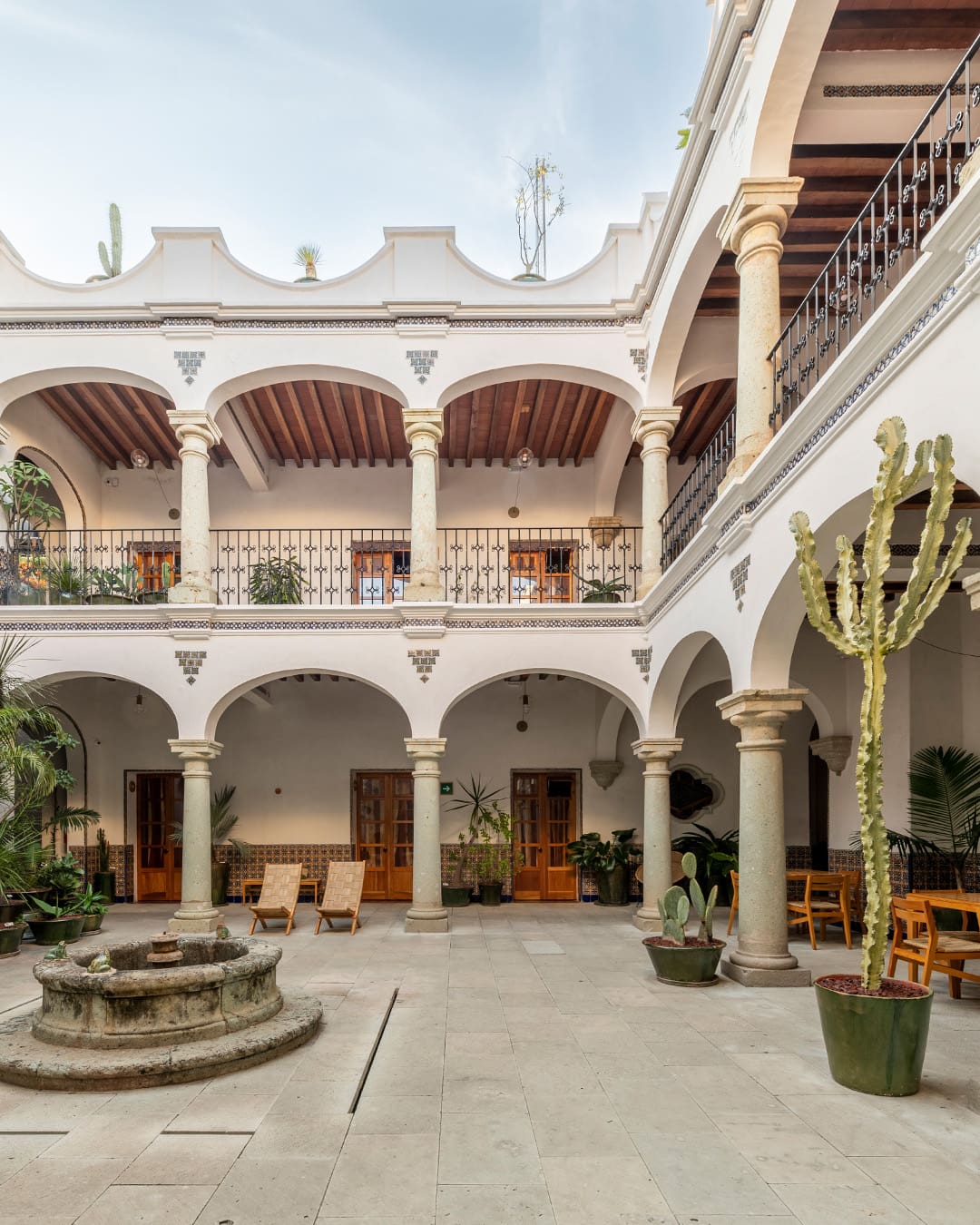
Where to stay in Oaxaca
The best hotels in town blends Oaxacan charm with meaningful hospitality. In the heart of el Centro, Grana B&B is a renovated 16th-century home turned 14-room boutique hotel. Co-owner and architect Luis Carbonell retained traditional elements in the design, like the cantera verde volcanic rock flooring in the courtyard, while adding a contemporary touch, à la the hotel’s burnt-orange steel spiral staircase to the terrace. Co-owner Mauricio Carbonell is often on-site, bringing additional warmth to the space with his talent for hospitality.
At the nine-room boutique Casa Antonieta, thoughtful touches and onsite amenities take centre stage. In their rooms, guests will find traditional textiles and a neutral colour palette, and with a third-wave coffee shop on the ground floor and a natural wine bar occupying the third-floor terrace, Casa Antonieta’s common spaces are rivalled only by the exquisite hospitality.
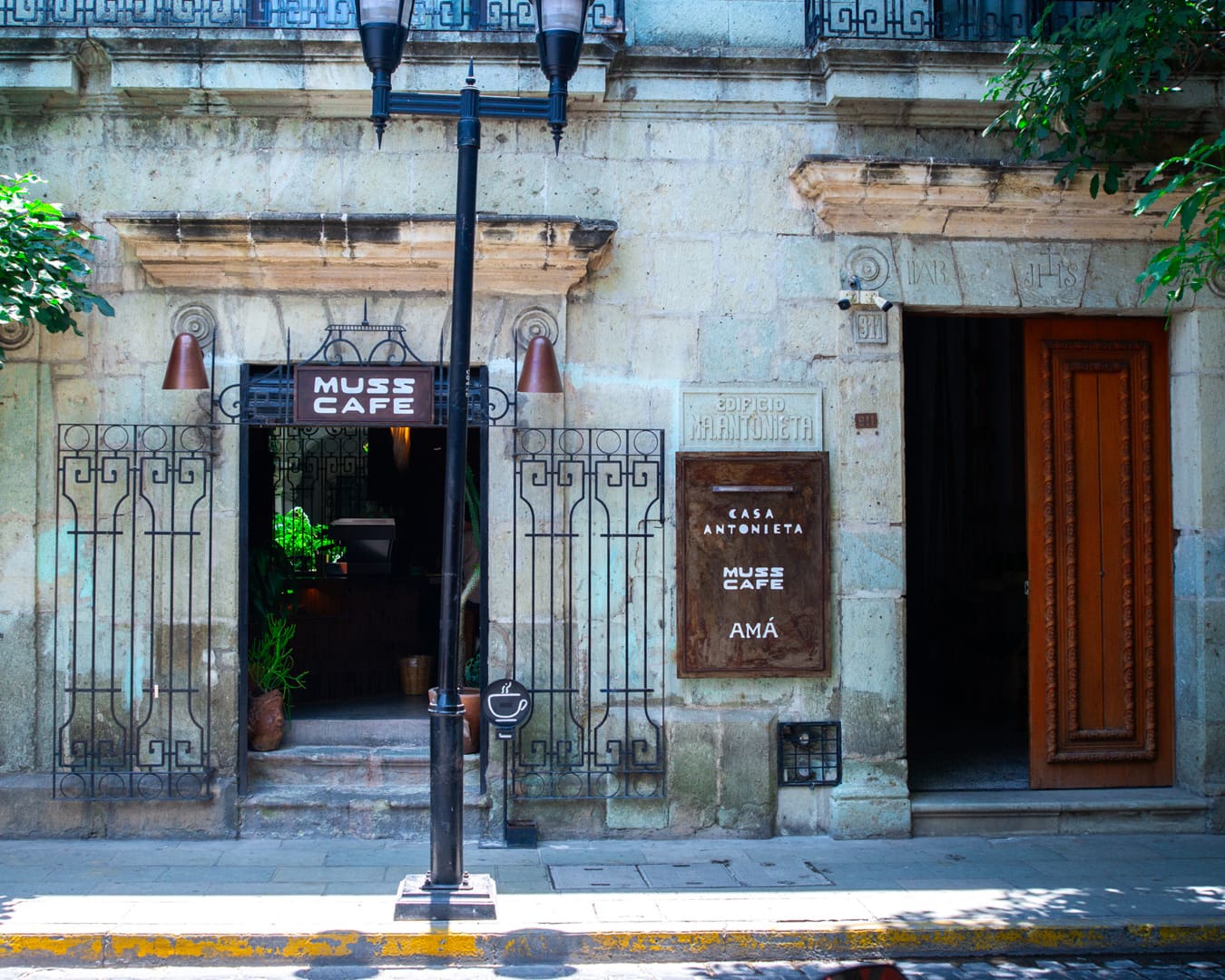
On an unassuming street ten minutes from the Santo Domingo cathedral, Callejon Hotel Boutique is a 13-room hotel often missed by visitors. The sprawling compound’s walled gardens and private patios for most rooms make it a tranquil respite in the city. Rooms are adorned with Mayan walnut headboards and hand-woven textiles from nearby Teotitlán del Valle.
For greater access to the surrounding artisan communities and immersion in nature, consider a stay at Texere in Santa María del Tule. Although it runs as a textile residency, you don’t have to be an artist to rent a room in this traditional home, which features limewash walls, a spacious central patio and Talavera-tiled kitchen. Guests gain access to the textile studios, material shop, and get a homestay-style experience with support from the on-site staff of weavers and dyers.

Where to eat in Oaxaca
Start your day with a visit to the Onnno Panaderia, a sleek streetside cafe counter that consistently puts out the best croissants in Oaxaca. Its sitdown restaurant, Onnno Lonchería, attracts such a crowd that the queue often stretches out onto the street, and is just two blocks west.
The Fonda Florecita stall at Mercado de La Merced is where you’ll find some of the best plates of classic Oaxacan fare, like enfrijoladas (enchiladas with bean sauce), enmoladas (enchiladas with mole), and items from the flat-griddle comal, like memelas (flat, round, open-faced tortillas). The enchiladas de mole coloradito (enchiladas with mole coloradito) can’t be missed.
Sunday brunch at Criollo, a restaurant by Enrique Olvera, the same chef behind CDMX’s Pujol, is always a very special experience. With a more casual and lively vibe than the restaurant’s set-menu service, dishes such as tacos campechano, chilaquiles and their version of the Mexican concha pastries with totomoxtle (smoked corn husk) are served on the expansive gravel patio, where families and large groups of friends gather while cumbia music hums away and loose chickens roam free.
For a bite on the go, visit Tacos de Cazuela de Carmen Alto, a stand where you can choose from a selection of stewed meats and vegetables, or guisados, to fill your hand-made tacos, quesadillas or empanadas. The costilla (pork rib) with guajillo chile salsa, is the specialty, but everything they make is a standout.
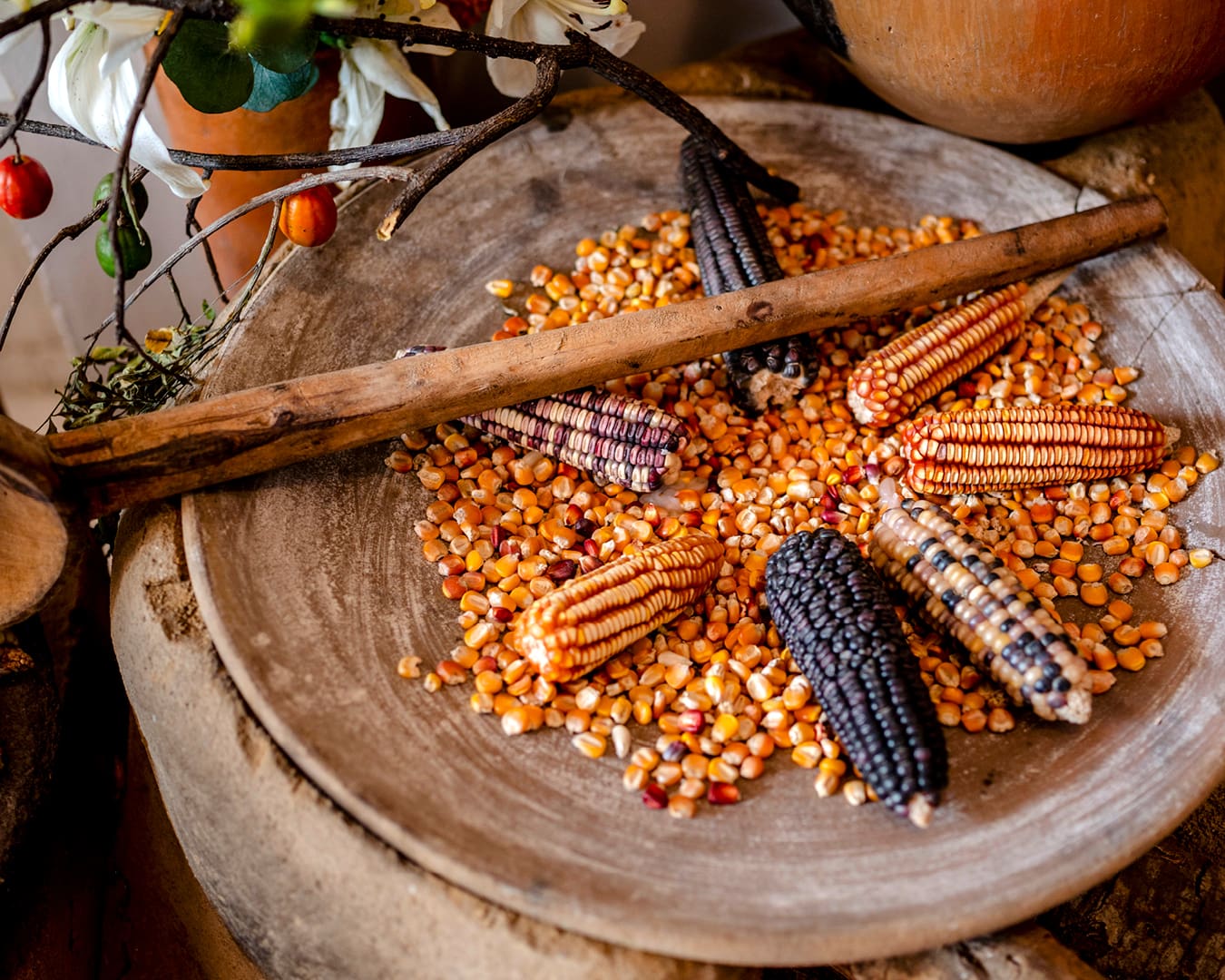
At Levadura de Olla, Oaxaca’s only Michelin-starred restaurant, chef Thalía Barrios-Garcias centres endemic Oaxacan ingredients in her seasonal dishes. Levadura is famous for its heirloom tomato salad with beetroot, but the ricotta tamal and ancestral drink agua de maíz (corn water) are must-orders, too. Reservations are necessary, especially after Levadura received its star.
On the outskirts of el Centro is Tika’aya, a tasting menu-only Indigenous kitchen where Chef Toño Mack Garcia draws on the ancestral culinary knowledge of his land and family while eschewing expectations of what Oaxacan cuisine is. Often overlooked in favour of more traditional Oaxacan fine dining experiences, Tika’aya is a tremendous example of contemporary elevated dining and hospitality.
Labo Fermento brings traditional Oaxacan ingredients such as chile pasilla mixe (a chile from the Sierra Mixe region) and heirloom blue corn to East Asian and Southeast Asian dishes in a vibrant space. Don’t skimp on the fideos frios, a long-time menu staple of creamy cold noodles with fermented chili ajo crunch, or the fermented black bean pork dumplings.
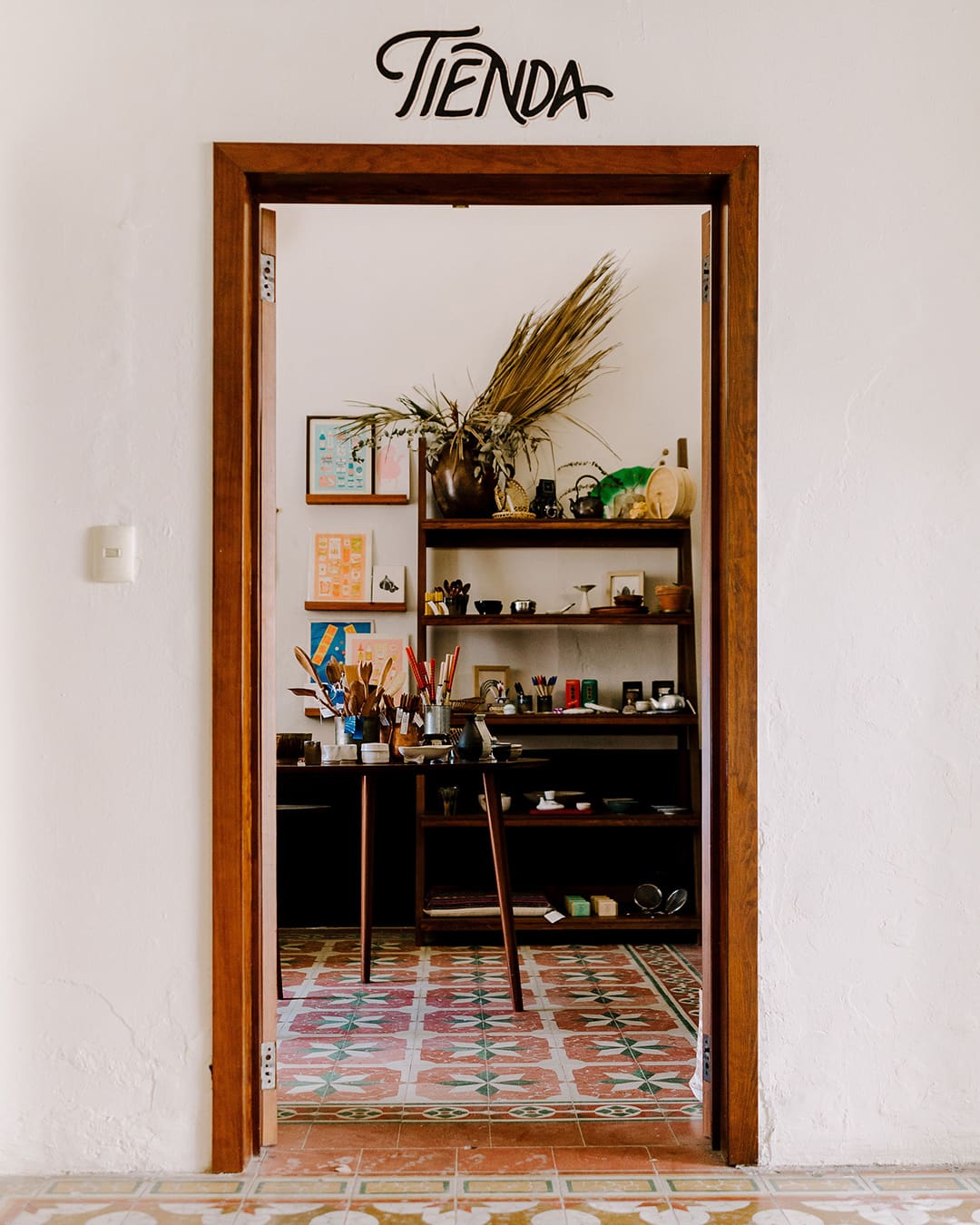
Stroll by Plaza de La Danza for a traditional sorbet, or nieve. You’ll find half a dozen different stands, but La Oaxaqueña Nevería is a local institution that churns a great version of the emblematic leche quemada con tuna – smoked milk with prickly pear.

Where to drink in Oaxaca
Oaxaca is the land of mezcal, with 90 per cent of DO-protected mezcal coming from the state, with much coming from the Central Valleys of Oaxaca, where Oaxaca City is located – making Oaxaca perhaps the best place on earth to drink mezcal. For a lesson in how to taste it, make a reservation at Mezcaloteca. Here, you’ll have the chance to to sample a range of mezcales across producers, regions and agaves, at this “mezcal library”, which is an industry leader in education.
The city also has a booming natural wine scene. For a great selection of low-intervention bottles, grab a table for sunset at the rooftop establishment Amá Terraza. When night falls, head for a drink at Selva, a swanky art deco bar with a cocktail programme that hits on all of Oaxaca’s most quintessential ingredients, like quesillo, hoja santa and chorizo – as well as a well stocked mezcal selection. Alternatively, step through the swinging doors at Salon de la Fama – a Oaxacan institution where you’ll always find a crowded bar and cumbia soundtrack that spills into the street.
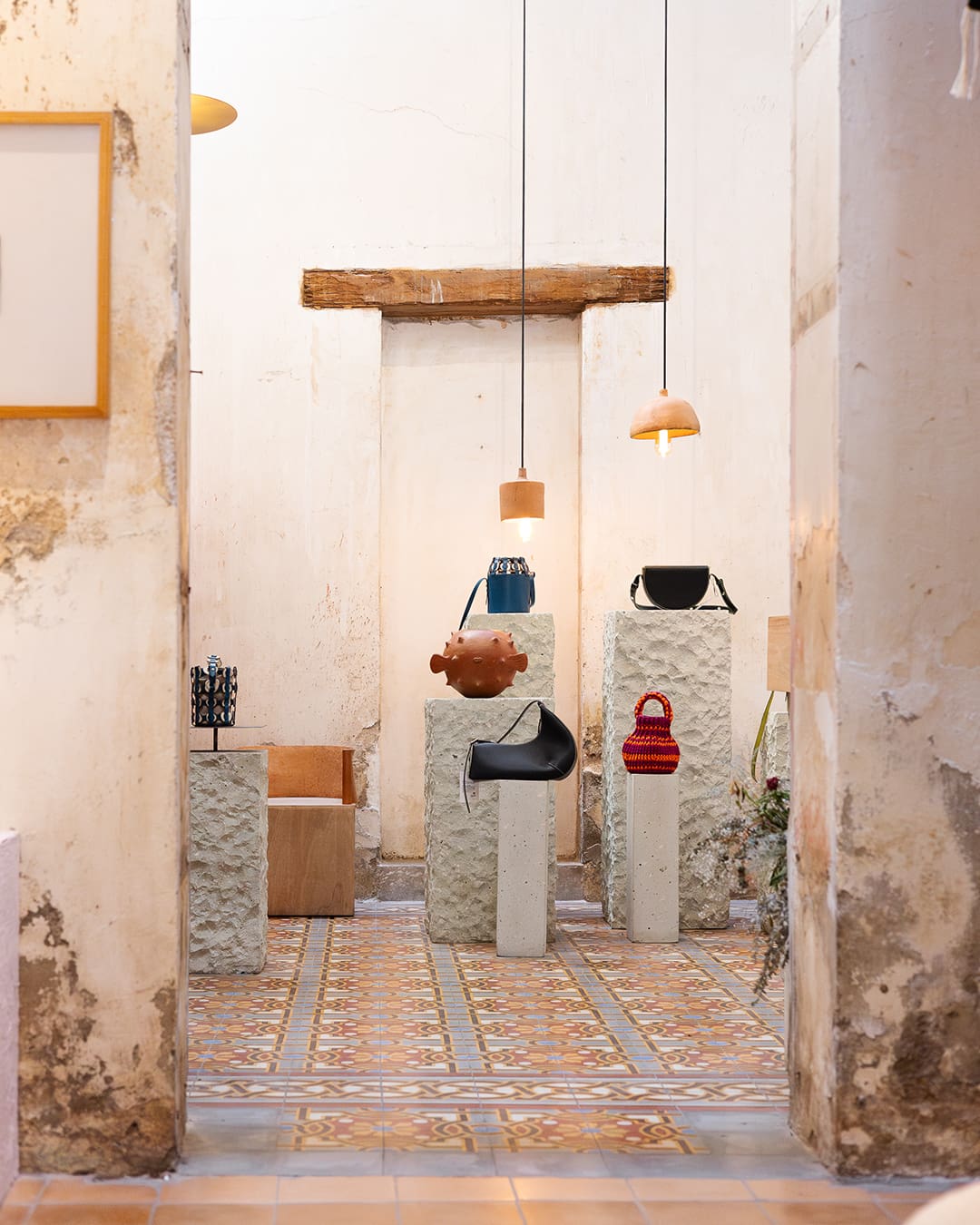
Where to shop in Oaxaca
Housed in a traditional home replete with original tilework, stone-hewn jewellery displays and exposed beams, concept shop Marchanta is one of the most beautiful spaces in all of Oaxaca. With her impeccable eye, owner Sofía Jiménez Marrufo brings together a mix of elevated garments from textile-forward designers, alongside accessories, jewellery and select works of art.
Just a few blocks north toward Santo Domingo is Maria’s Arte y Diseño, a pint-sized gallery on the southern edge of Santo Domingo, where you’ll find prints, paintings, ceramics, and blown-glass goods from artists across Mexico. Stop by Lia (a Zapotec word meaning ‘girl’) for a selection of contemporary and vintage homegoods, textiles, jewellery, and accessories. You’ll find everything from patinated tropical wood stools to vintage Tecuán masks, and hand-woven leather slides by local brand Macavuana.
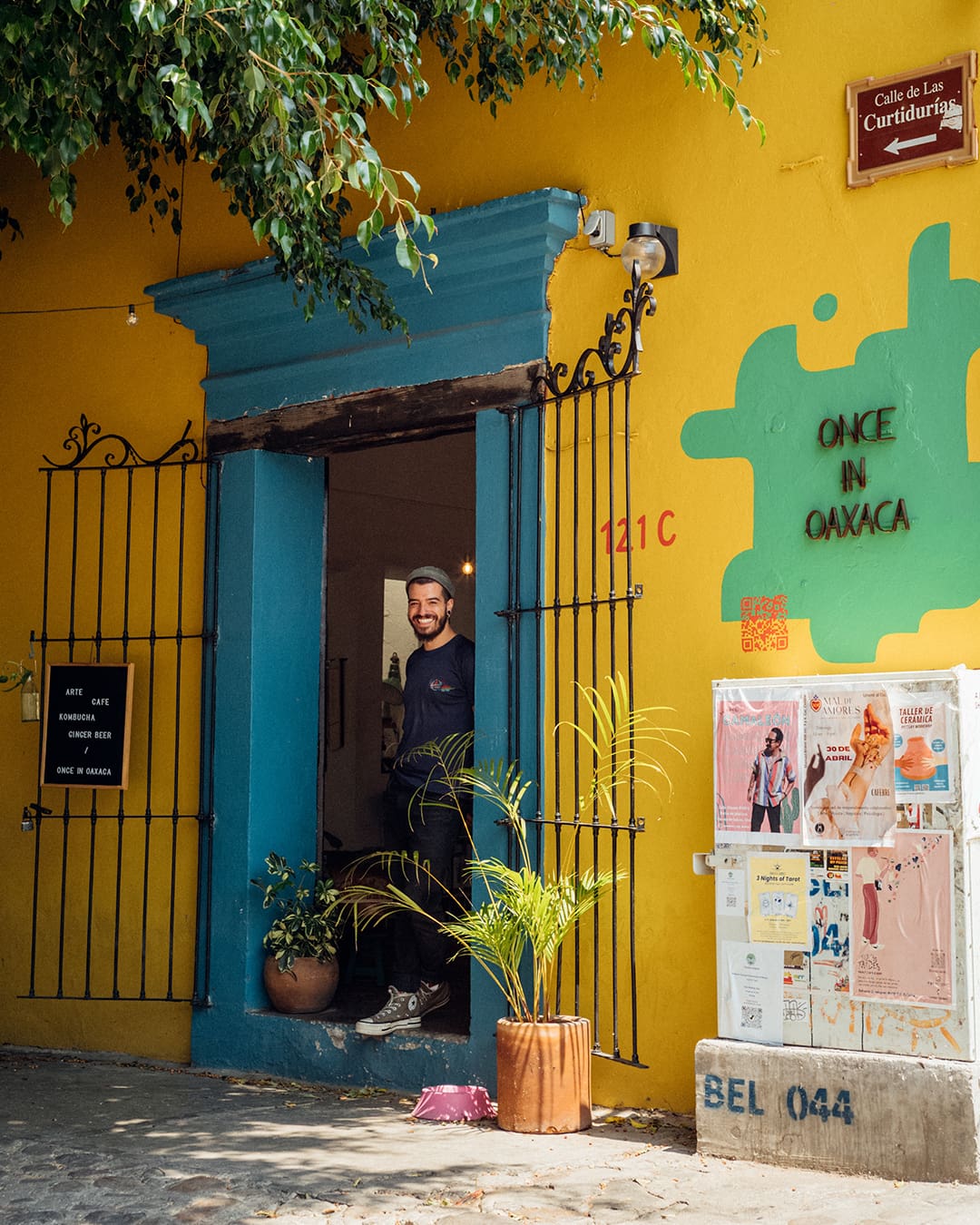

In the candy-coloured Jalatlaco neighbourhood is Once in Oaxaca, a gallery and cafe where architect Jaime Levin draws on his enduring curiosity to depict the vibrant facades and unique objects of everyday life in Oaxaca in his illustrations. Here, you can shop for prints, order a specialty pour-over and mingle with the mix of locals and travellers the space attracts.
At nearby rrres studio, designer Javier Reyes displays vibrant, geometric hand-woven wool rugs, palm-woven sculptures, and hand-thrown ceramics made in collaboration with local artisans. Rrres is sometimes open to the public but it’s best to make a appointment, which you can do through its Instagram.
Oaxaca is full of markets but Benito Juárez and the Sunday-only Tlacolula market are the best for shopping. Buy palm baskets and huaraches (leather sandals) directly from the makers and stock up on chiles, quesillo and other provisions.

The best things to do in Oaxaca
Wandering the cobblestoned streets of el Centro is a worthy pastime, but a visit to Oaxaca is best spent with a mix of in-town time and venturing beyond the city limits, where you can visit local communities and experience the vast natural beauty of the surrounding Central Valleys.
Centro de Artes San Agustin Etla (CaSa) is a former textile mill turned arts centre in San Agustin Etla, about 45 minutes from Oaxaca. Founded by Francisco Toledo, the expansive space encompasses studios for papermaking, photography, printmaking and textile studios, as well as accommodation for artists in residence. CaSa regularly hosts the best contemporary exhibitions that come to Oaxaca, and is worth a visit for its architecture alone.
Also founded by Toledo, The Graphic Arts Institute of Oaxaca, better known as ‘el IAGO’, is a gallery and library that houses Latin America’s most expansive collection of works on printmaking, illustration, photography, calligraphy, and more. Books must be read on the premises, which is an easy ask given there’s plenty of seating in the courtyard beneath a trellis of fuchsia bougainvillaea.
Stop by La Máquina, a printing workshop and gallery space that houses a 1909 J Voirin lithography press, which a group of local artists brought from Paris. The six-ton press requires three operators and is one of only 20 such working presses in the world. Artist and master printer Polo Vallejo manages the workshop and collaborates with visiting artists from around the globe.

Getting outside of Oaxaca city is essential if you wish to delve more deeply into the artisan craft of the region. Teotitlán del Valle is a Zapotec community of weavers where visitors can learn about natural dyes and pedal-loom weaving. The by-appointment showroom Fe y Lola is not to be missed. Make a visit to San Bartolo Coyotepec to learn about barro negro – black clay ceramics – and Santa María Aztompa for barro verde – glazed green pottery.
Mezcal Vago is one of the most respected mezcal brands in the industry since it launched in 2013. To showcase the spectacular depth and breadth of the mezcal produced in the state, the brand works with four mezcaleros who each have an independent style, and all produce DO-protected artisanal and ancestral mezcales. For fans of the brand looking to do a deep dive, its tasting room, just north of el Centro in the Colonia Estrella neighbourhood, is available by reservation via request through its Instagram or website.
Oaxaca is bordered to the north and south by mountain ranges. Coyote Aventuras organises immersive day visits and extended trips that bring visitors in contact with the craft, nature and traditional medicine of the region. The long-term relationships the company has built with communities in the region makes it a worthy option to explore Oaxaca’s natural beauty.


